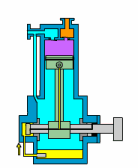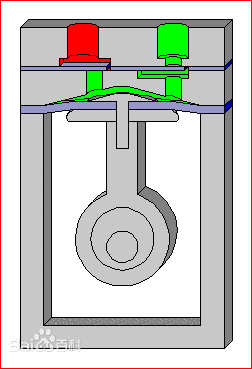
The Science Behind Water Flosser Pressure: What You Need to Know
In the realm of oral hygiene, water flossers have established themselves as a game-changer, known for their impressive benefits in enhancing gum health. They have been proven effective in not only eradicating plaque but also in considerably lowering the risks associated with gum diseases. But like all powerful tools, they come with their own set of instructions, especially when it comes to understanding and adjusting the pressure level.
Deciphering the Pressure Paradigm
First and foremost, excessive pressure during water flossing can be detrimental. Overwhelming force might not only be uncomfortable but can also potentially harm the delicate gum tissues. This makes it imperative to always be on guard and adjust the pressure setting according to one's comfort and requirement.
Depending on the design, countertop water flossers generally present an array of pressure options, ranging from a gentle 10 PSI to a more powerful 120 PSI. On the other hand, the majority of cordless water flossers usually come equipped with 3 or 4 pressure settings, typically ranging from 40-110 PSI. But breaking the mold, the Flosmore FL01 water flosser stands out with its ability to provide seamless pressure adjustments, allowing the user to choose anywhere between 20-120 PSI.
The Truth About PSI in Water Flossers
It's pivotal to understand that the PSI measurement, often flaunted in product specifications, primarily gauges the performance of the pump and not necessarily the sensation one feels during flossing. Various factors, including motor efficiency, nozzle diameter, and even the internal gear design, can significantly influence the effective pressure output. Therefore, it's not uncommon for devices with high PSI readings to feel surprisingly gentle or vice versa.
To ensure transparency and accuracy, manufacturers don't solely rely on the PSI readings from the pump. Instead, they adopt a more empirical approach. One popular method involves placing the water flosser 80cm away from a weighing scale and measuring the force it exerts. A typical high-quality water flosser registers between 11-13g on this scale, ensuring that the product delivers both safety and efficiency.
Plunger Pump and Diaphragm Pump
Plunger Pump Water Flosser often delivers a more consistent and stronger water jet due to its direct mechanical action. Suitable for users who prefer a high-pressure stream for thorough cleaning.

Diaphragm Pump Water Flosser provides a gentler water stream, which might be preferable for users with sensitive gums or those new to water flossing.

Seeing is Believing
For a more detailed, behind-the-scenes look at how manufacturers inspect the pressure of water flossers, this YouTube video offers an enlightening peek. It not only reinforces the intricate processes involved but also emphasizes the commitment of brands in ensuring the highest standards for their products.
In conclusion, while water flossers have become an invaluable addition to our oral care routines, understanding the nuances of pressure settings can help optimize their benefits, ensuring both effective cleaning and gum safety.

Comments
Leave a comment